操作系统- lecture3(进程的定义)
进程的定义

A program is a passive entity, such as a file containing a list of instructions stored on
disk(often
called an executable file).
◦ 程序是被动实体,例如包含存储在磁盘上的指令列表的⽂件(通常称为可执⾏⽂件) •A program becomes a process when an executable file is loaded into memory.
◦ 当⼀个可执⾏⽂件被加载到内存中时,⼀个程序就变成了⼀个进程 •A process is an active entity, with a program counter specifying the next instruction to
execute a set of associated resources.
◦ 进程是⼀个活动实体,具有指定下⼀条指令以执⾏⼀组相关资源的程序计数器
程序计数器(PC)
具体可以参考计算机组成原理
之前写的这篇文章有介绍:计算机结构
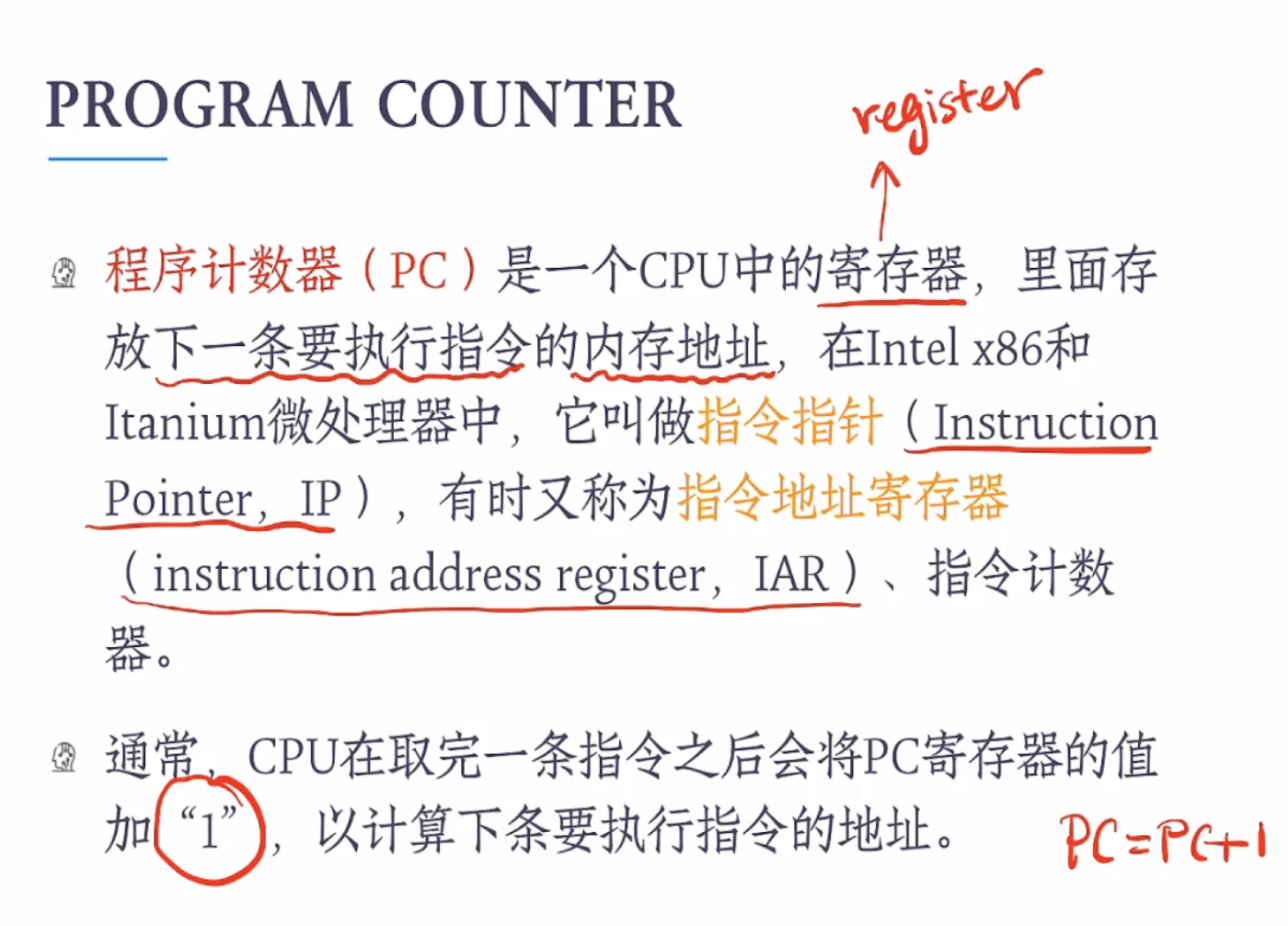
内存中的进程

并发并行区别
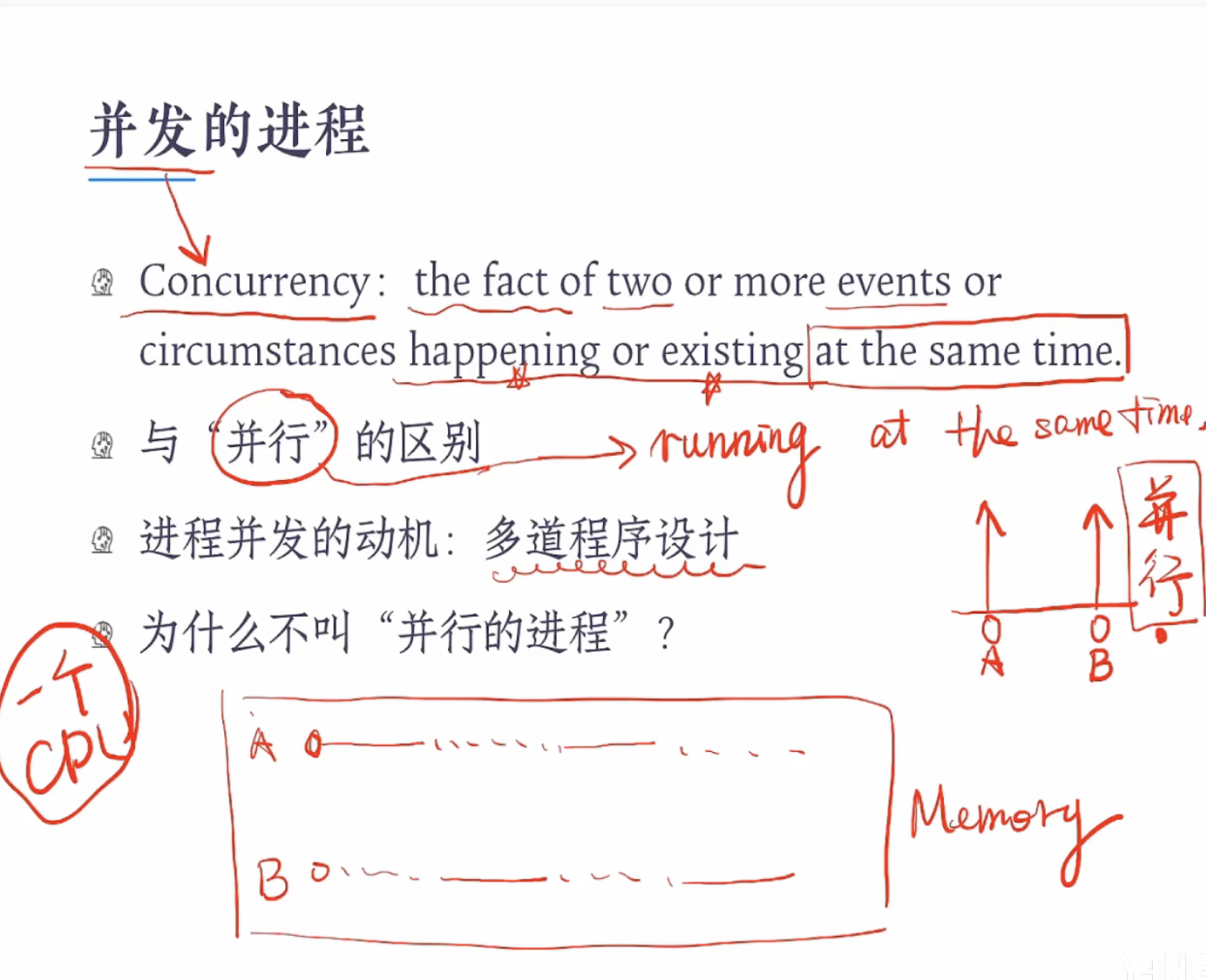
并发:同一时刻只会有一个程序运行 happening or existing at the same time
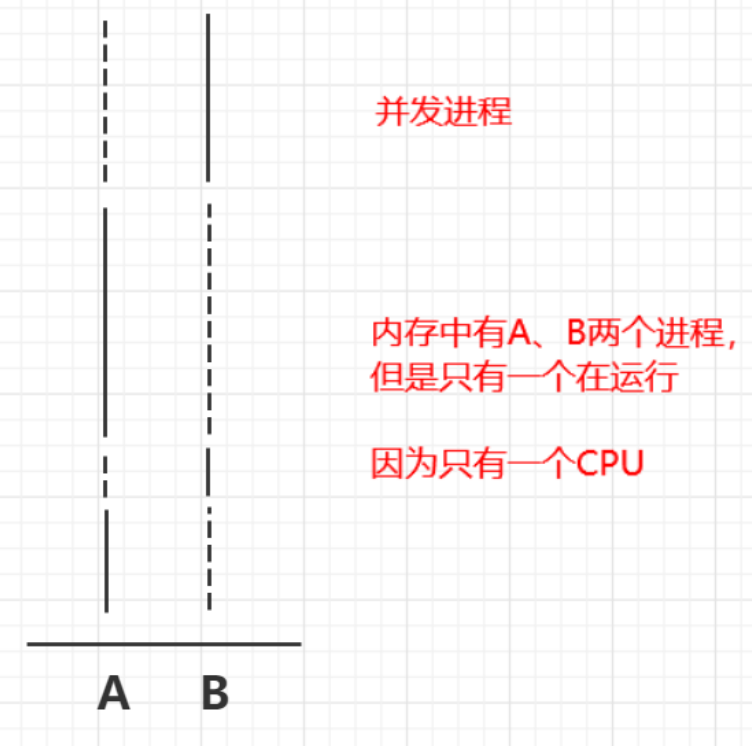
并行:同一时刻运行多个程序 running at the same time
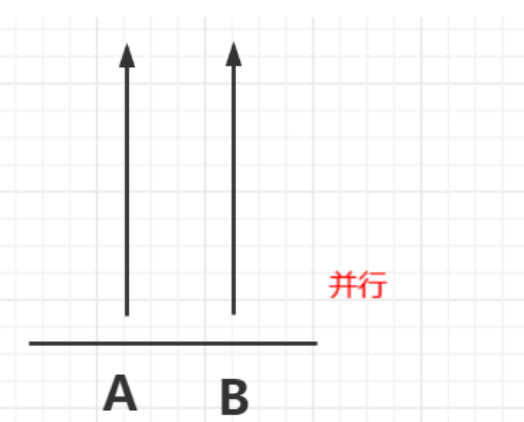
并发进程共享cpu
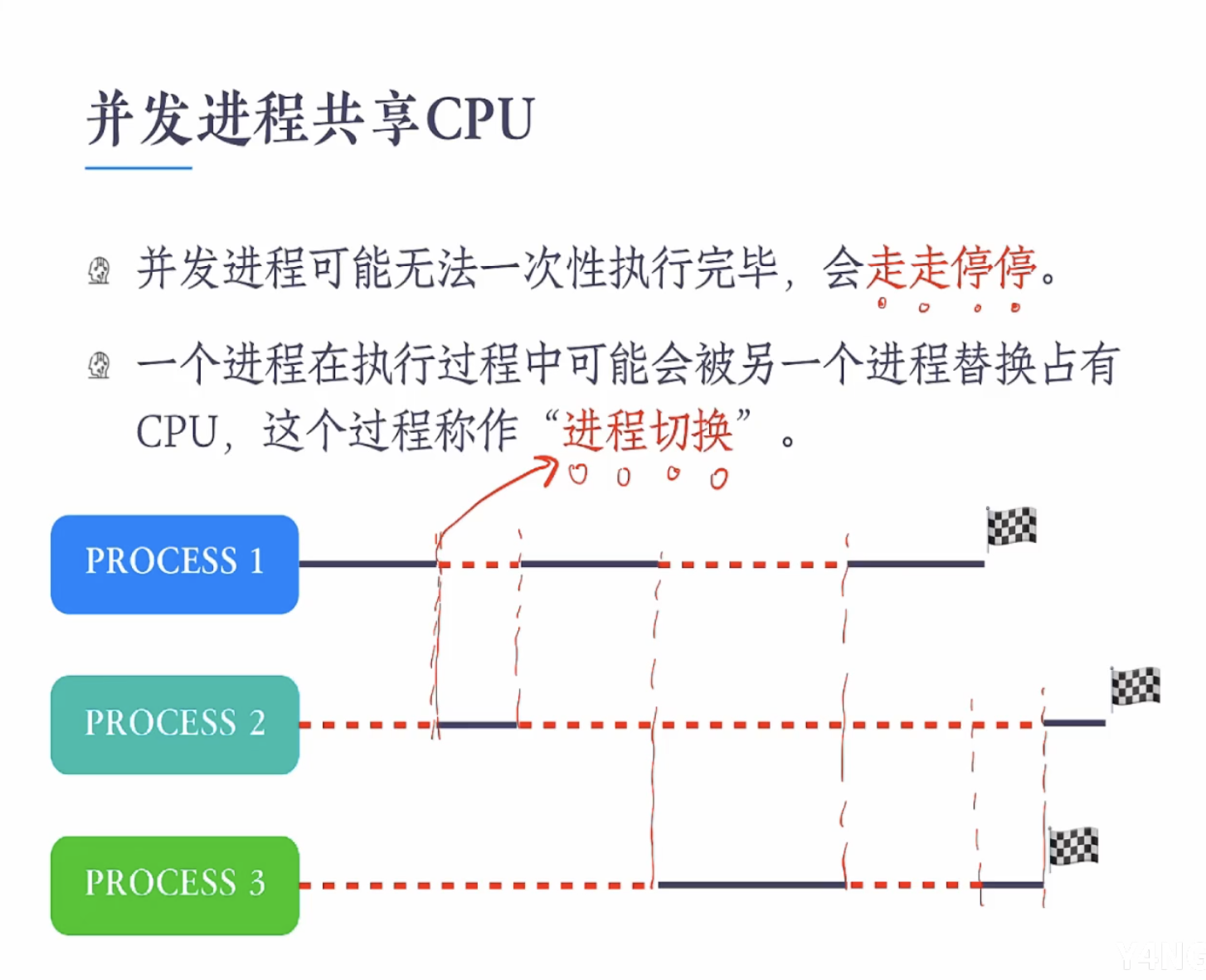
进程的定义
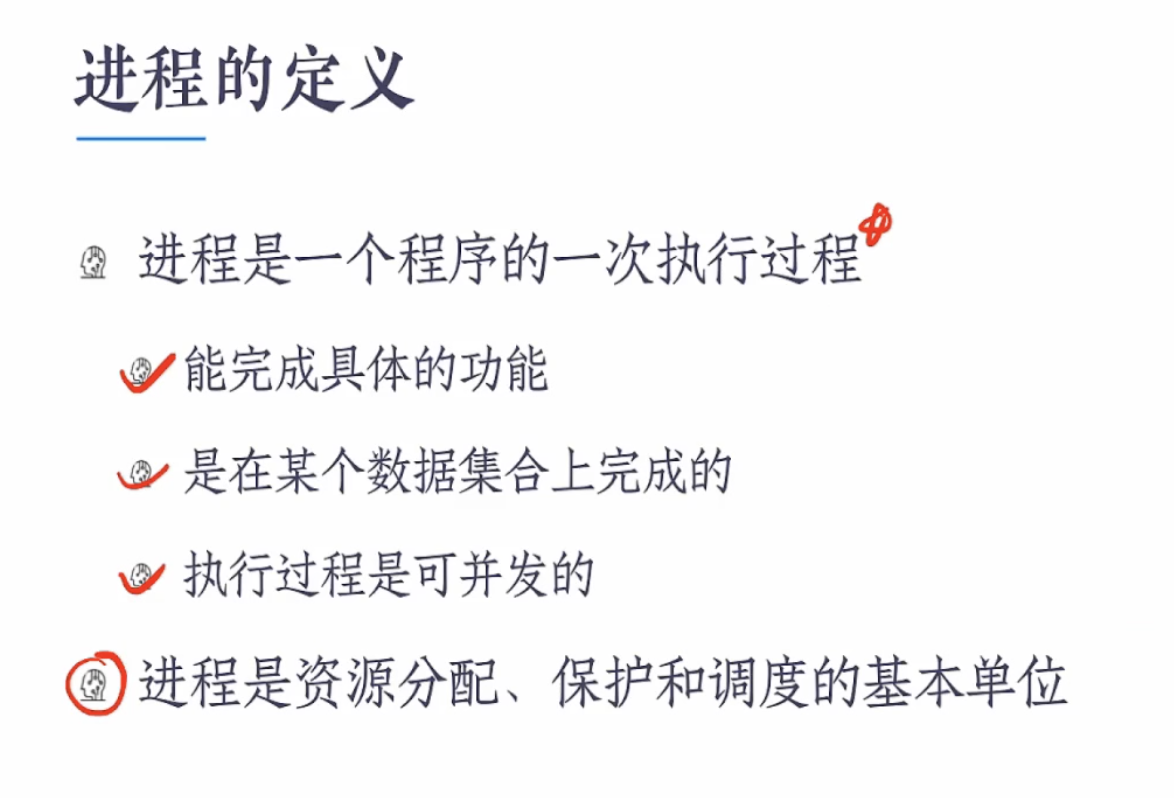
进程的状态
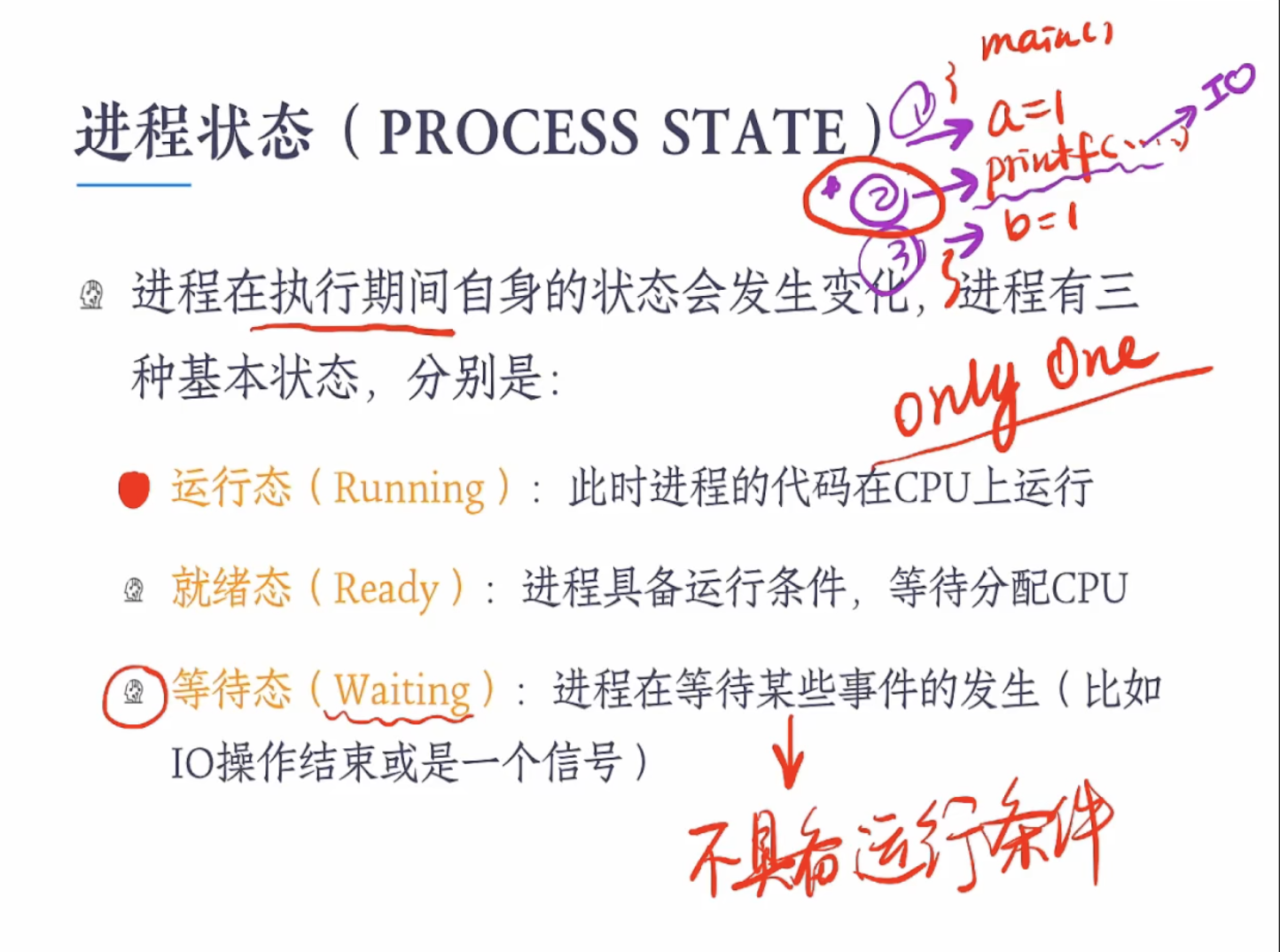
进程何时离开cpu
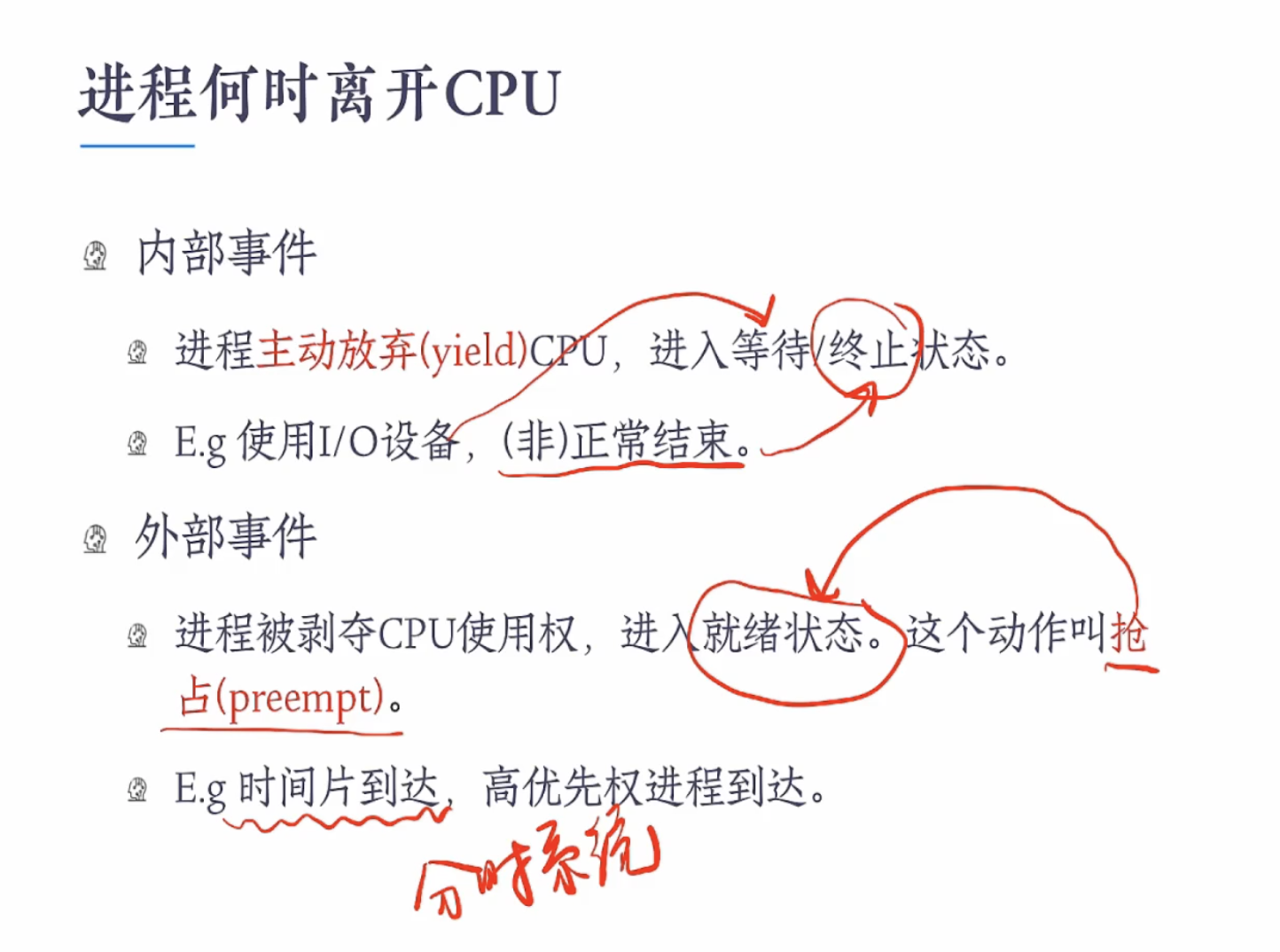
进程之间的转换
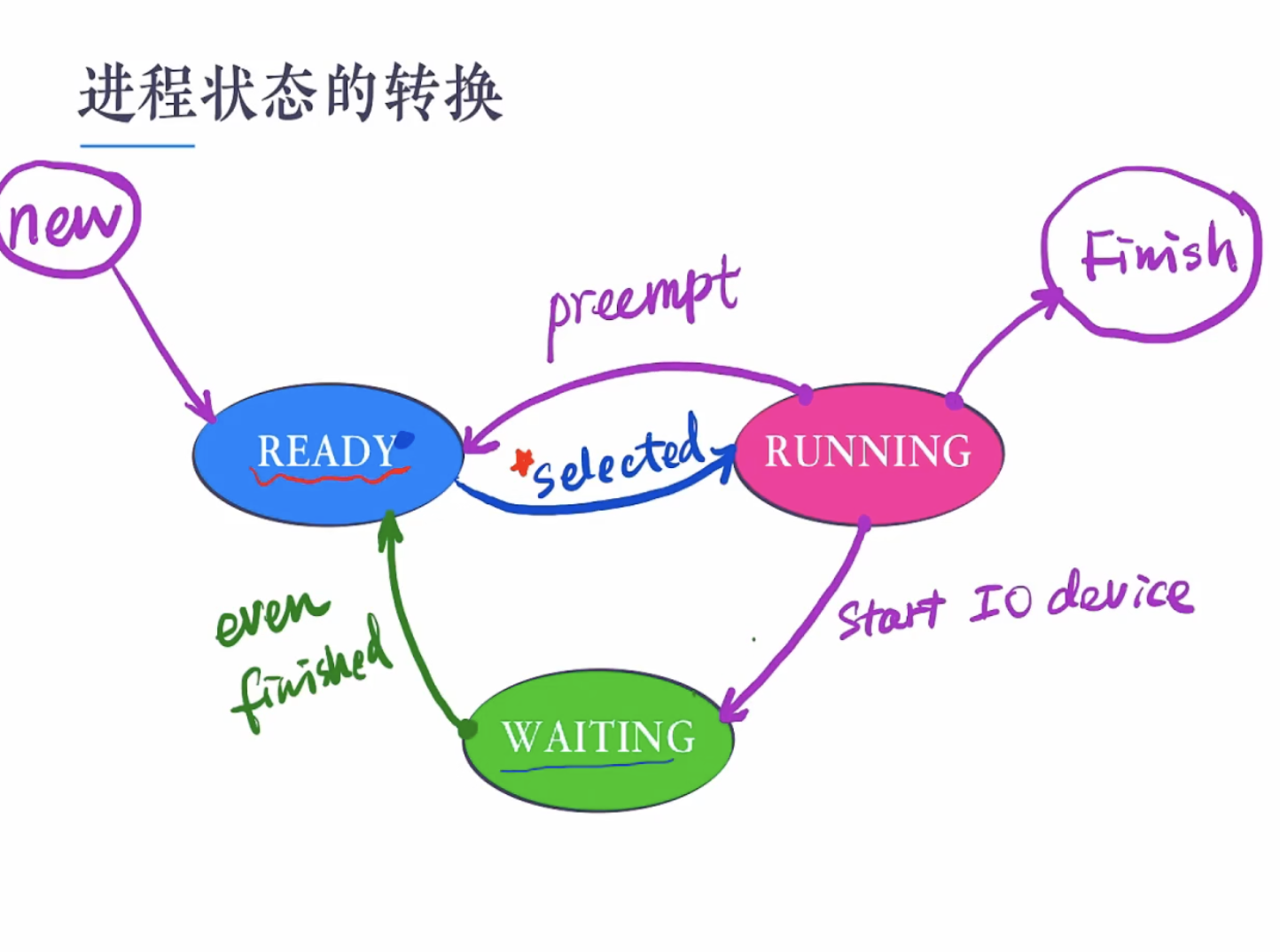
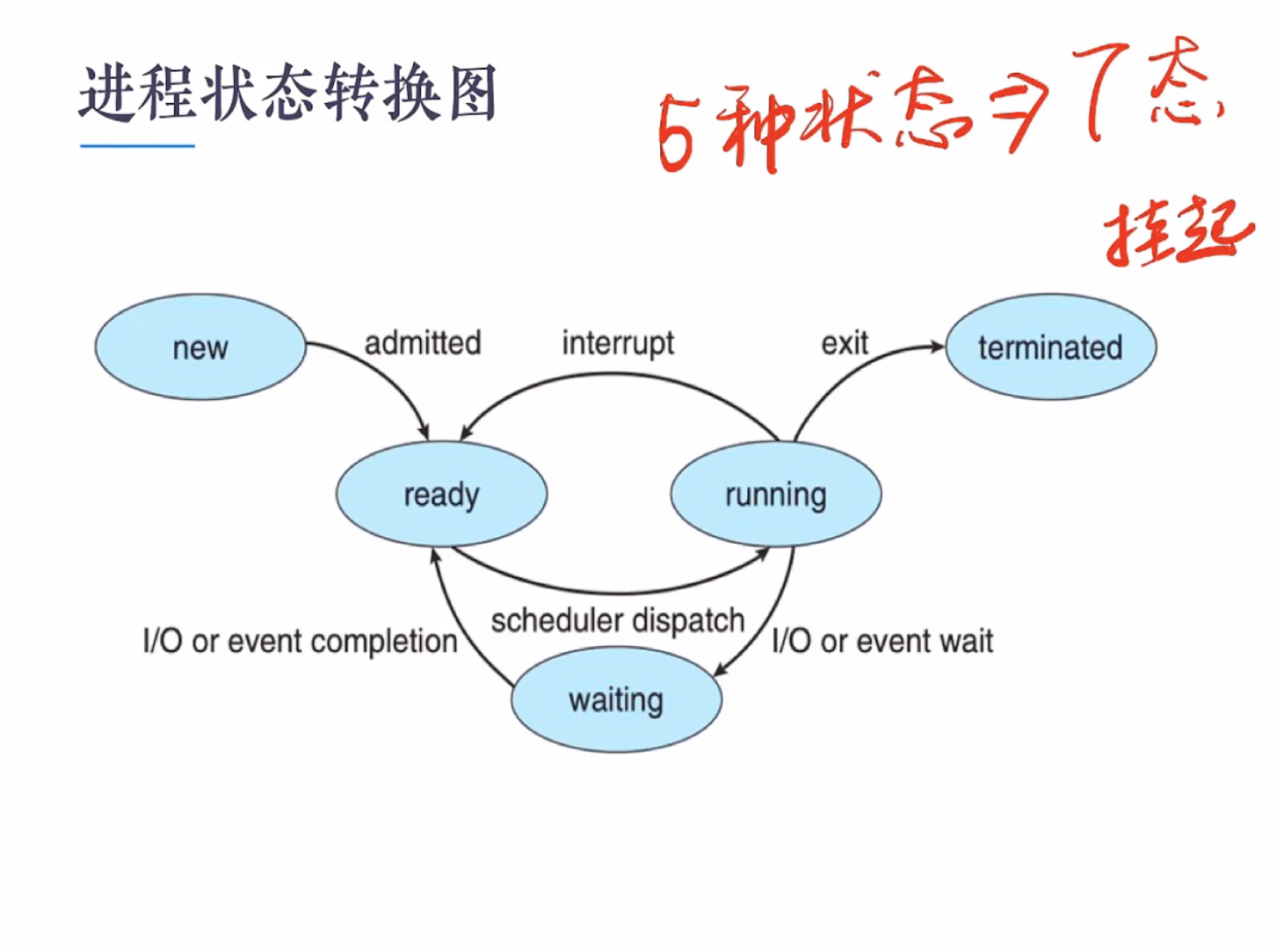
参考:
B站操作系统
